Archives
Choosing a Fixed Blade Survival Knife (Part 2)
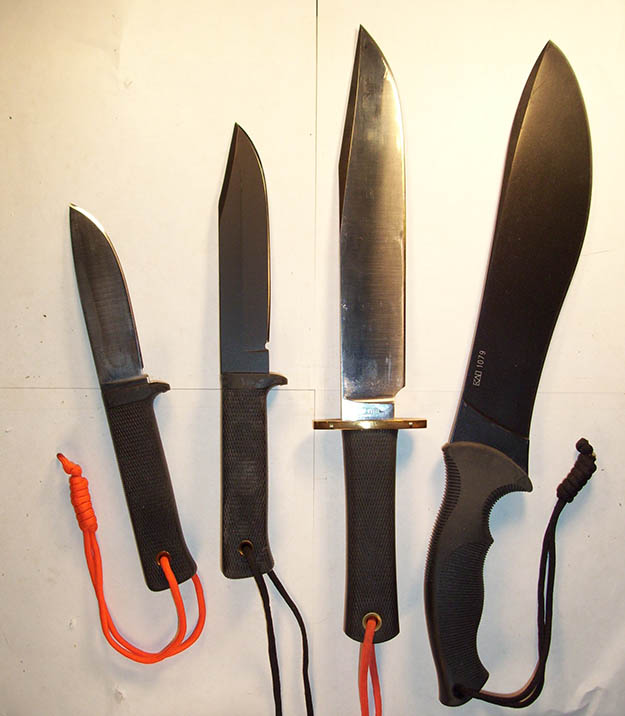
This is part two in our series on how to choose a fixed-blade survival knife. For part one, click here.
Fixed Blade Survival Knife
Sheaths
Of course, with a fixed-blade knife, the blade is, well, fixed. This means when you are not using the knife, it needs to have the blade covered in order to prevent harm to people, as well as stuff stored with the knife.
This storage, and usually transport, the device is called a “sheath”. Sheaths are usually made of leather, nylon or a plastic-like material such as Kydex.
Leather sheaths are classic, and work well, but may not stand up to the rigors of survival as well as other options. Nylon cuts fairly easily, so either the sheath has to be very thick or have a plastic liner in the blade area.
Perhaps the best sheaths for survival usage are ones formed from Kydex or other such materials.
Once you have the blade adequately covered and protected, there are two other concerns. One is how to keep the blade in the sheath under all possible conditions except a deliberate movement to remove the knife.
Often, particularly in leather and nylon sheaths, this is a strap around the grip, or a strap over the guard. Occasionally both.
In a Kydex sheath, a strap is sometimes provided, but in some cases, since the Kydex is formed to the blade, the sheath relies on friction or a slight ledge over the guard or into a recess in the knife grip to retain the knife.
The other concern is how to attach the knife sheath to you or your equipment, most often your belt. Some sheaths have a spring clip to attach the sheath to your clothing or equipment, which should be avoided.
These would be too easy to slip off and result in the loss of your knife. Some sheaths have a fancy locking clip that cannot just slip off. This is better, although in some cases, these clips are big, square, blocks, and thus uncomfortable when worn.
Many sheaths have “belt loop” cut into or attached to the sheath material, and these can be pretty useful. Watch out for sheaths where the belt attachment is only connected to the rest of the sheath by a floppy strap.
These can flop around while you are wearing them; at best these are an annoyance and at the worse, it increases the chance that the sheath or knife can get damaged or lost, or even result in your injury.
Larger knife sheaths can (and should) have an attachment at the bottom for a strap or thong to go around your leg to reduce it flopping around. Having Molle attachments or similar is also useful in fastening the sheath to Molle compatible equipment.
Another advantage of a Kydex sheath is that there can be a series of holes and slots around the edges, which allow for a number of additional mounting possibilities, or mounting other items to the sheath.
It is sometimes the case that you find a knife which is just right for you, but the sheath is totally unacceptable. Keep in mind that a custom sheath can be made by you, if you have the skills, or for you by any of several custom sheath makers.
If you can’t find any locally, many sell their wares on eBay. Leather and Kydex are the most common materials used for custom sheaths.
Finding the right knife
Keep in mind that this is a tool you might use quite a lot in an emergency. And your life may well depend on it. So this is not a choice to be made lightly. Have a good idea the price range you would be comfortable with.
Keep in mind that the knife market tends to operate at a decent discount level, and that used and not abused knives are just as good as new knives (and sometimes better).
Cheaper knives may or may not be junk; some can be suitable. More expensive knives may be better, but can take money away from other preps.
First of all, go for the best quality you can afford. A “name” brand, which has been around for years, is often a good choice. Made in U.S.A or Germany is often a good sign, although good knives can also come from Sweden, Japan and Switzerland.
And from pretty much any other country as well. Yes, a lot of “junk” knives come out of China and other Asian countries, but some good ones come from there too.
A quality American company with an adequate history, which gets some of their knives from China or Taiwan, is worth at least looking at.
If you have a concern about a knife that “looks” good but does not have any proof of it, one option is to get two of them and TRY to break or wear out one of them.
Because of the wide selection, after you know what type(s) of knife you are looking for and the price range you are targeting, visit stores, and even better, shows.
Fondle a bunch of ones that seem to meet your requirements. Research online to find out what the “real” (“street”) price of your desired knife tends to be, and when buying in person, don’t be afraid to dicker.
Knife buying suggestions
As with folding knives, the things to keep in mind are:
1) Choose a knife that is suitable for as many survival tasks as is practical, and remember that just because it is advertised as a “survival knife” (or looks cool), it does not mean it IS a good survival choice
2) Choose a knife that fits you like it was made just for you
3) Quality and price do not have a one-to-one correspondence, but they are related – remember, a broken survival knife could be responsible for your death
4) A company that has been around for years is less risky than the “new kid on the block”, yet the oldest company there was once the new kid and fine old companies can get stale or “sell out”.
5) Determining what knives you want is best done in person; buying them over the Internet can be a good option, as long as you know the makes and models you want
6) Don’t be overly resistant to upgrading your choice if something truly better comes along (a proven new design, a substantial discount on a knife that used to be out of your price range); having a backup or two is wise, and you can always sell off rejects, sometimes with little or no loss if you bought wisely and took care of them.
Want to know more? Check out these related articles:
- Choosing a Fixed Blade Survival Knife (Part 1)
- Choosing a Fixed Blade Survival Knife: Part 3
- The 7 BEST Fixed Blade Knives On The Planet
Follow us on Facebook, Instagram, and Pinterest!
Disclaimer: All content on this site is for informational purposes only. Please read our full disclaimer here.
Editor’s Note: This post was originally published on July 22, 2015, and has been updated for quality and relevancy.
-

 Do It Yourself7 months ago
Do It Yourself7 months agoParacord Projects | 36 Cool Paracord Ideas For Your Paracord Survival Projects
-

 Do It Yourself9 months ago
Do It Yourself9 months agoHow To Make Paracord Survival Bracelets | DIY Survival Prepping
-

 Do It Yourself9 months ago
Do It Yourself9 months ago21 Home Remedies For Toothache Pain Relief
-

 Do It Yourself9 months ago
Do It Yourself9 months agoSurvival DIY: How To Melt Aluminum Cans For Casting
-

 Exports8 months ago
Exports8 months agoAre Switchblades Legal? Knife Laws By State

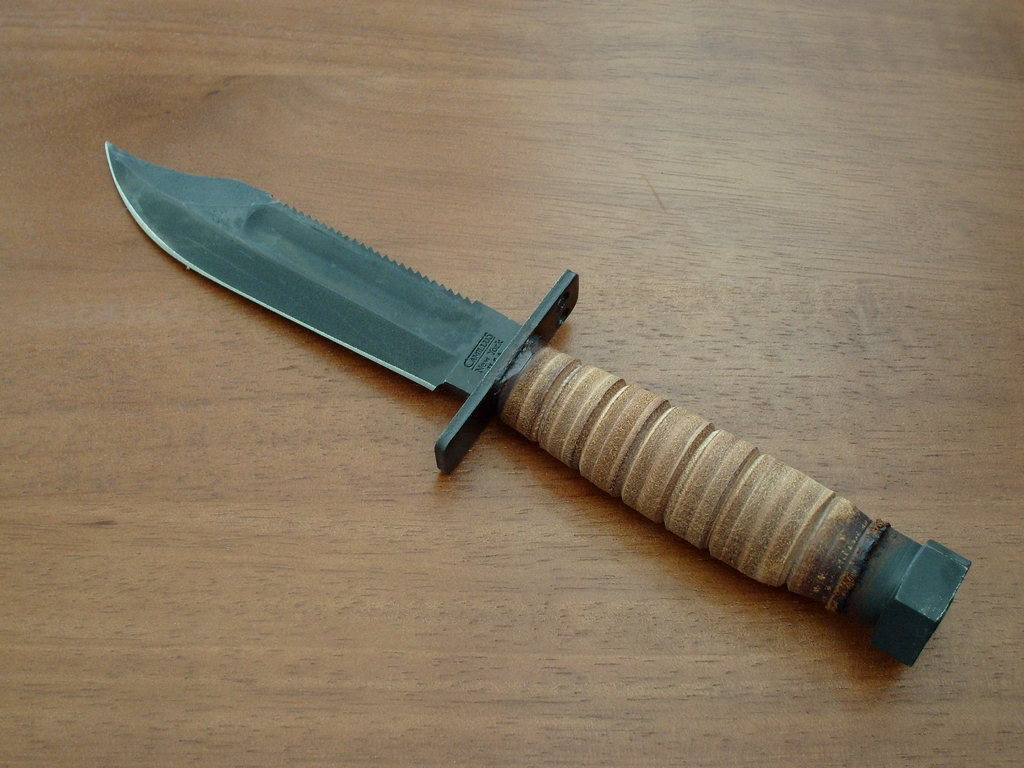
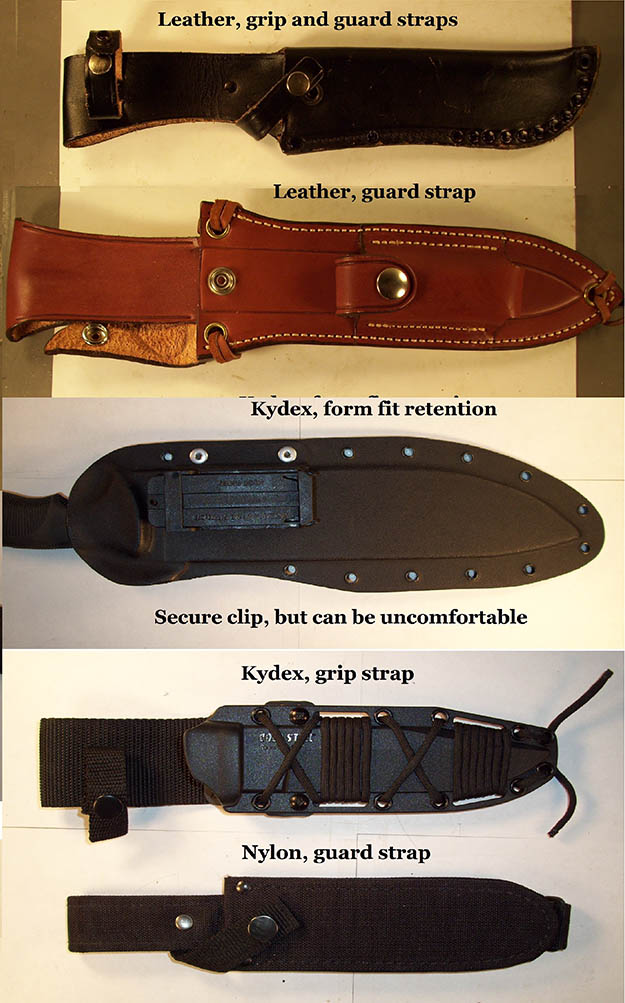
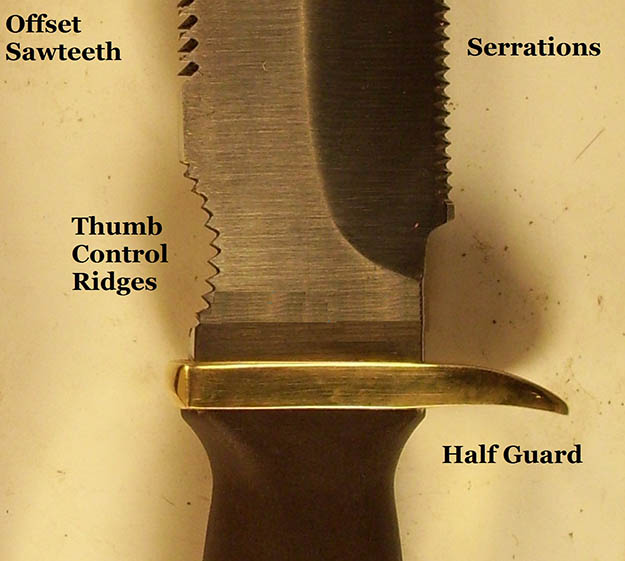

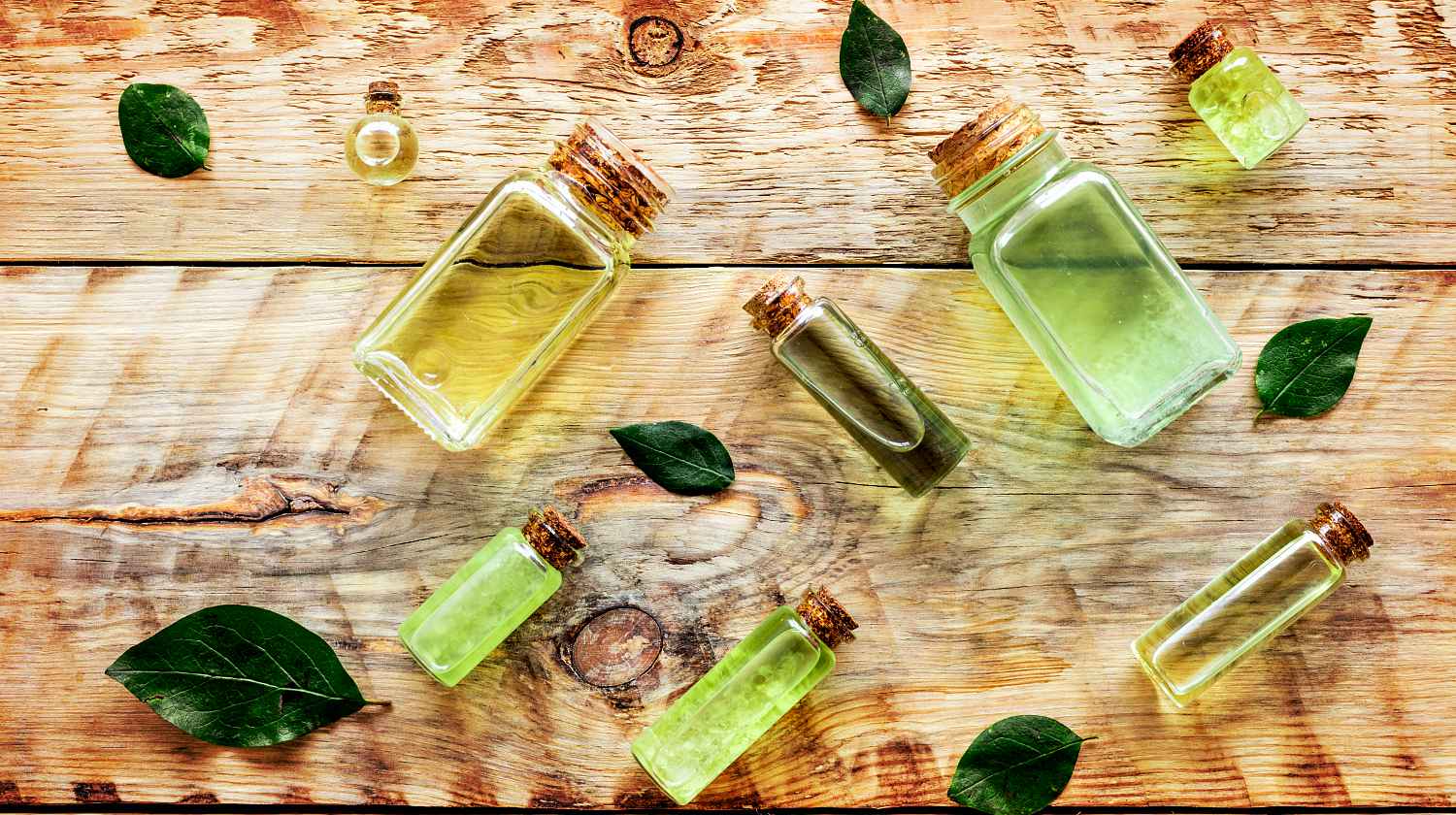

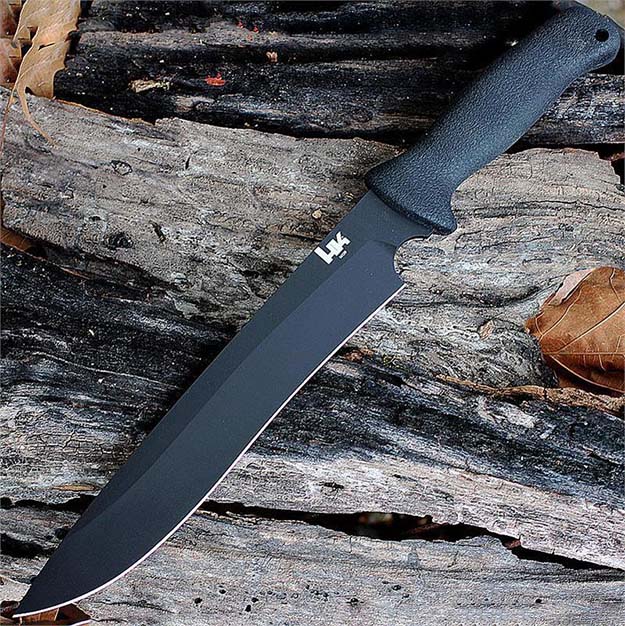
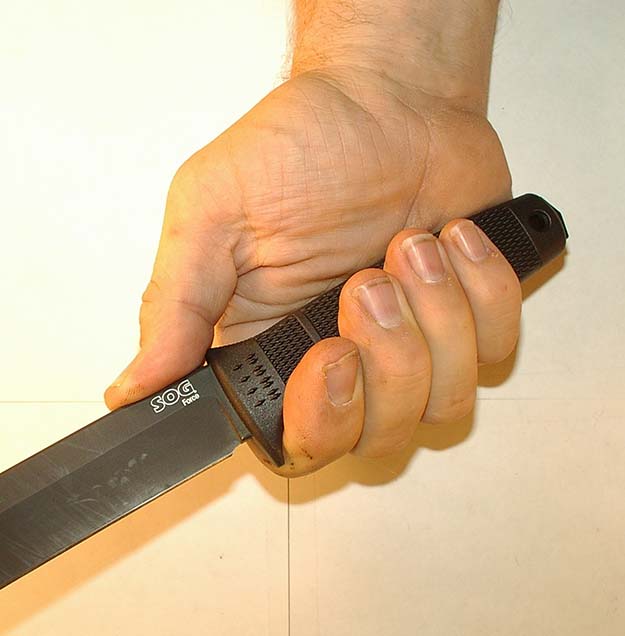
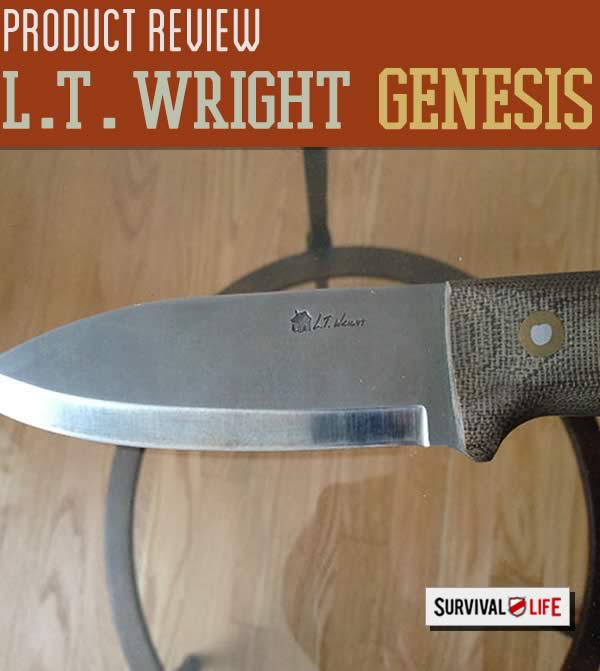

Pingback: Benchmade HK Feint Fixed Blade Knife Review - Survival Life
Frank
February 12, 2016 at 12:57 PM
You are forgetting the buck m9 phobis3
Pingback: 140 Nimravus Benchmade Review | Survival Life
Pingback: Jungle Bolo Benchmade Review | Survival Life
Pingback: Choosing a Fixed Blade Survival Knife (Part 2) – BestSurvivalSkills.com